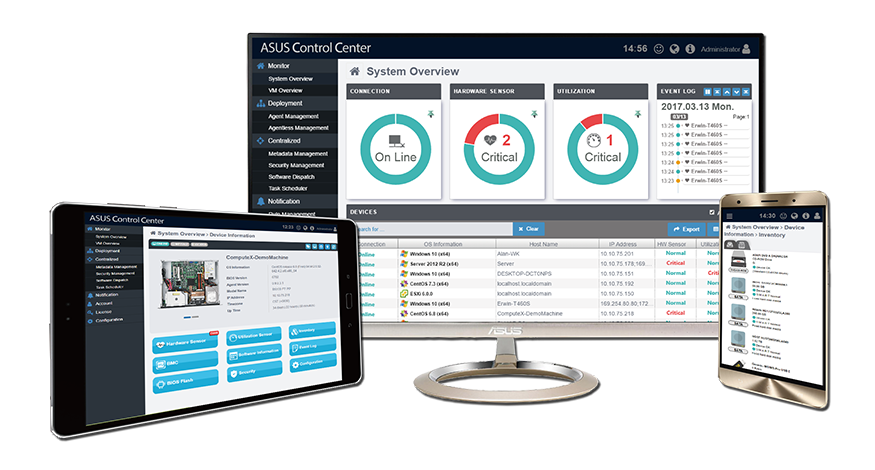Multiple GPUs
4 x PCIe Gen 4.0 x16 slots (x16 link), double-slot GPUs, or
8 x PCIe Gen 4.0 x16 slots (x16 link) with PLX SKU board for single-slot GPUs.
The latest 3rd Gen Intel® Xeon® Scalable Processors feature core counts from 8 to 40 cores and an array of frequency and power supports, and deliver up to 40% better performance compared to the previous generations. With built-in security features, this new platform delivers outstanding performance in security including encryption, authentication and data integrity across the breadth of standards that are prevalent in networking, enterprise and the cloud.
PCI Express® (PCIe®) 4.0 delivers 16 GT/s bandwidth, which is double the speed of PCIe 3.0, offering lower power consumption, better lane scalability and backwards compatibility. ASUS ESC4000-E10 servers are PCIe 4.0 ready to support a diverse array of graphics, storage and networking – enabling flexible scalability for demanding or increasing workloads.
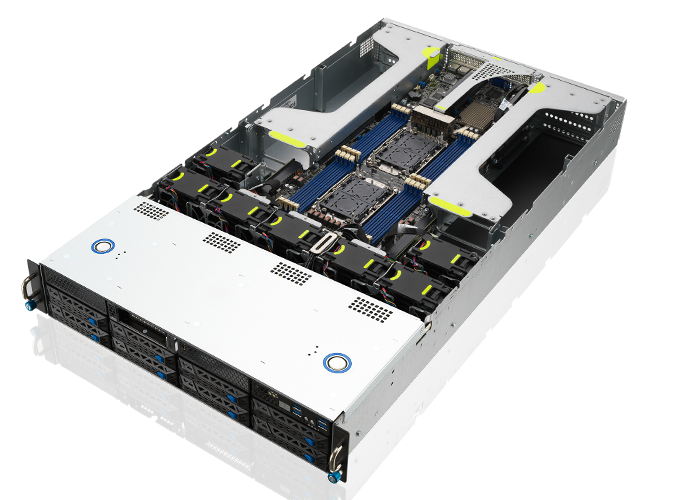



Butterfly Riser Cards
2 x PCIe Gen 4.0 x16 slots (x16 link)
Multiple GPUs
4 x PCIe Gen 4.0 x16 slots (x16 link), double-slot GPUs, or
8 x PCIe Gen 4.0 x16 slots (x16 link) with PLX SKU board for single-slot GPUs.
Front Riser Card
1 x PCIe Gen 4.0 x8 slot (x8 link)
Butterfly Riser Cards
2 x PCIe Gen 4.0 x16 slots (x16 link)
Multiple GPUs
4 x PCIe Gen 4.0 x16 slots (x16 link), double-slot GPUs, or
8 x PCIe Gen 4.0 x16 slots (x16 link) with PLX SKU board for single-slot GPUs.
Front Riser Card
1 x PCIe Gen 4.0 x8 slot (x8 link)
ESC4000-E10 features a powerful GPU architecture that supports up to four double-slot or eight single-slot GPUs* in a 2U chassis, including NVIDIA® A100 or Quadro®, plus features NVIDIA NVLink® Bridge to enable scaling of performance in order to meet the demands of AI and high-performance computing, and to securely run workloads in virtualization environments.
ESC4000-E10 is also a Xilinx Alveo-qualified server to provide optimized acceleration for workloads across cloud and on-premises data centers, and for hybrid cloud environments in financial computing, machine learning, computational storage, and data search and analytics.
* Please contact your local representative for the model that supports eight single slot with x16 link.
* FPGA Xilinx verification is available on request.
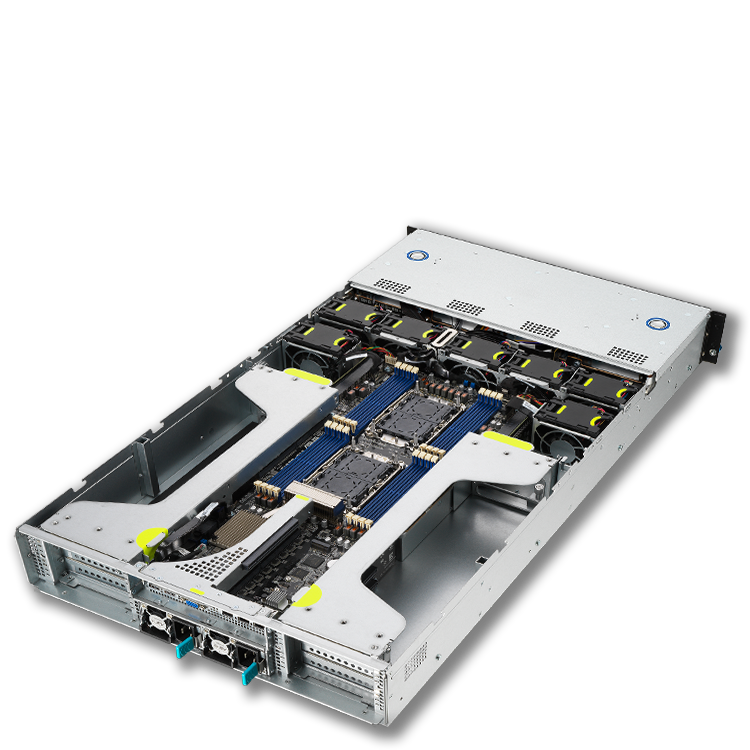

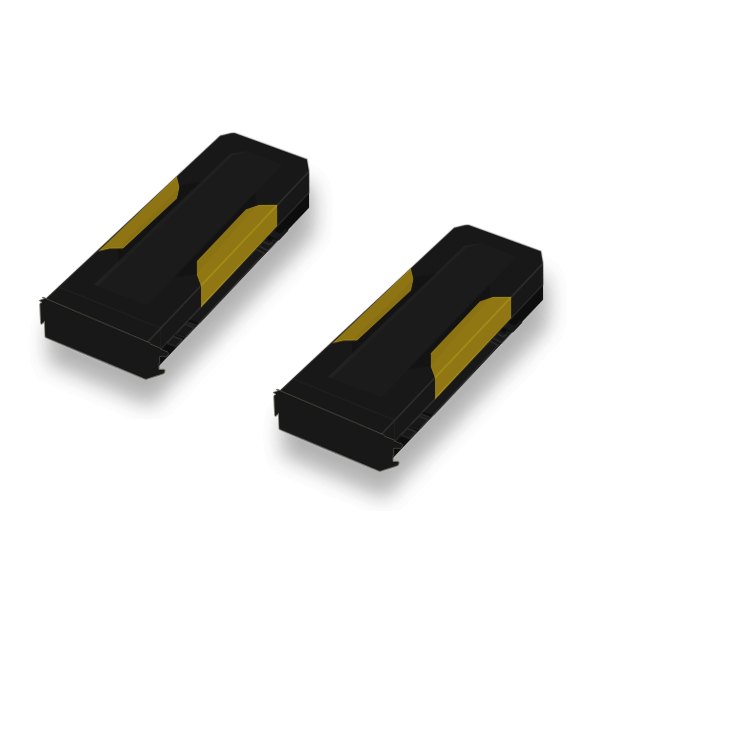
ESC4000-E10 features a flexible front panel design that allows for easy storage and network expansions and upgrades. The design offers easier accessibility of up to eight NVMe SSD drives and an optional choice of OCP 3.0, a M.2 adapter or HBA/RAID card via PCIe 4.0 slot for better performance and lower latency.


To effectively manage the storage demands of growing amounts of data, ESC4000-E10 has a dense chassis design that accommodates up to eight 3.5-inch or 2.5- inch drives, including up to eight NVMe SSDs support and one onboard 2280-length M.2 SSD to allow faster data transfer speeds for OS installation.
ESC4000-E10 is a NVIDIA-qualified server system that deliver unprecedented performance at a fraction of the cost, space, and power requirements of traditional CPU-based solutions, from production rendering to scalable visualization systems or HPC, AI, ML, big data analytics, and at the edge deployment options.
ASUS ESC4000-E10 servers feature the latest OCP NIC 3.0 card with PCIe 4.0 bandwidth for a faster time-to-market network solution, delivering the speeds of up to 200 Gbps for high bandwidth and low latency. It also features a tool-less, hot-swappable design to simplify installation and serviceability.
ASUS ESC4000-E10 server integrate PFR FPGA as the platform Root-of-Trust solution for firmware resiliency to prevent from hackers from gaining access to infrastructure. ASUS security solutions are fully compliant with the 2018 National Institute of Standards and Technology (NIST) SP 800 193 specification.
In addition, ESC4000-E10 server also include support Trusted Platform Module 2.0 (TPM 2.0) to secure hardware through integrated cryptographic keys and offer regular firmware update for vulnerabilities.
* Both PFR and TPM are options, available on request.
ASUS ASMB10-iKVM is the latest server-management solution from ASUS, built upon the ASPEED 2600 chipset running on the latest AMI MegaRAC SP-X. The module provides various interfaces to enable out-of-band server management through WebGUI, Intelligent Platform Management Interface (IPMI) and Redfish® API.
ASUS Control Center (ACC) is a centralized and integrated IT-management platform for monitoring and controlling ASUS servers, workstations and mini PCs. ACC enables remote BIOS updates, monitoring of multiple systems via mobile devices, and one-click software updates and dispatching, allowing easier server management for any IT infrastructure.
